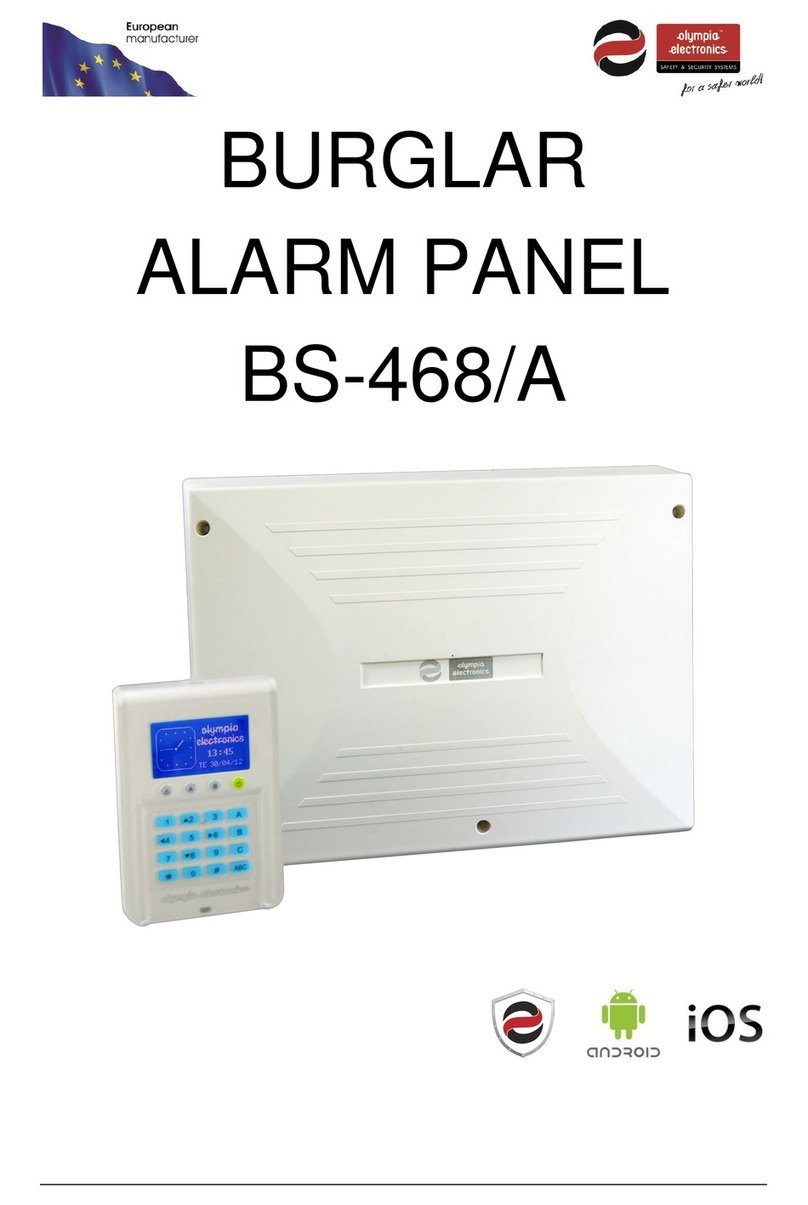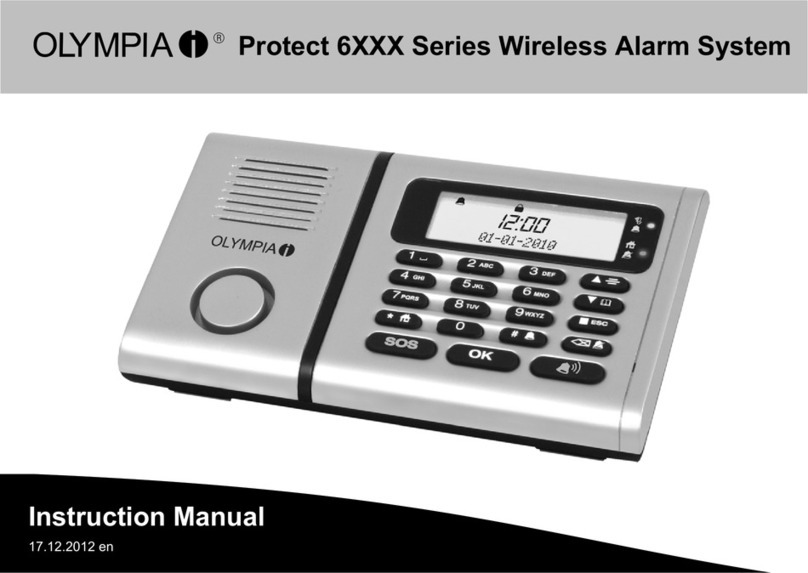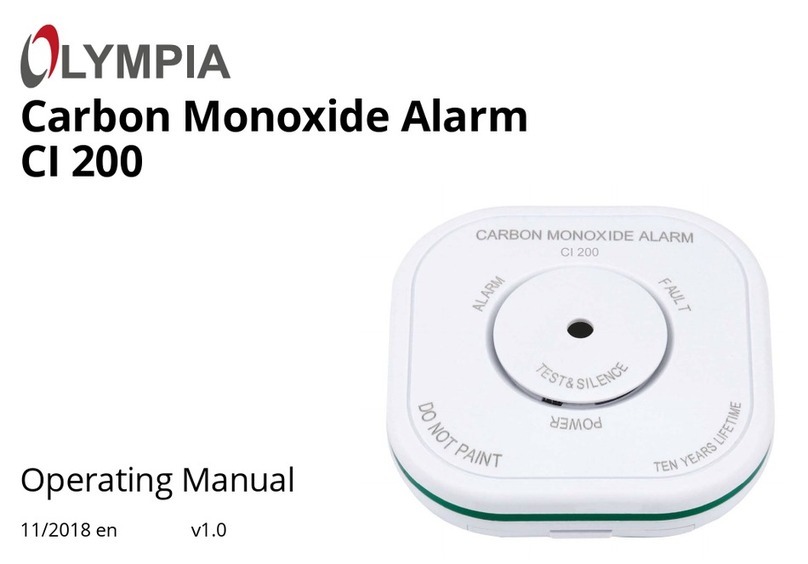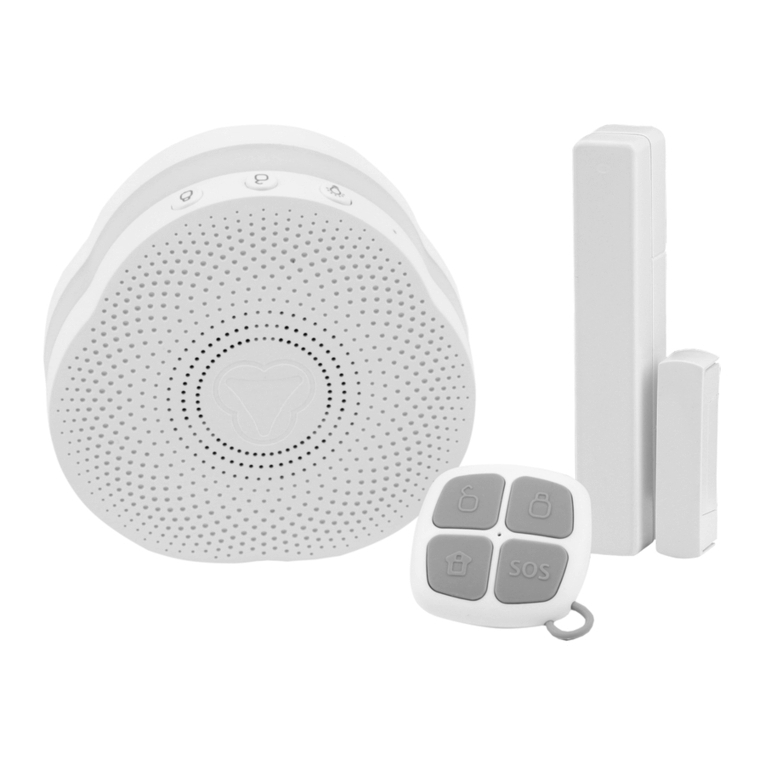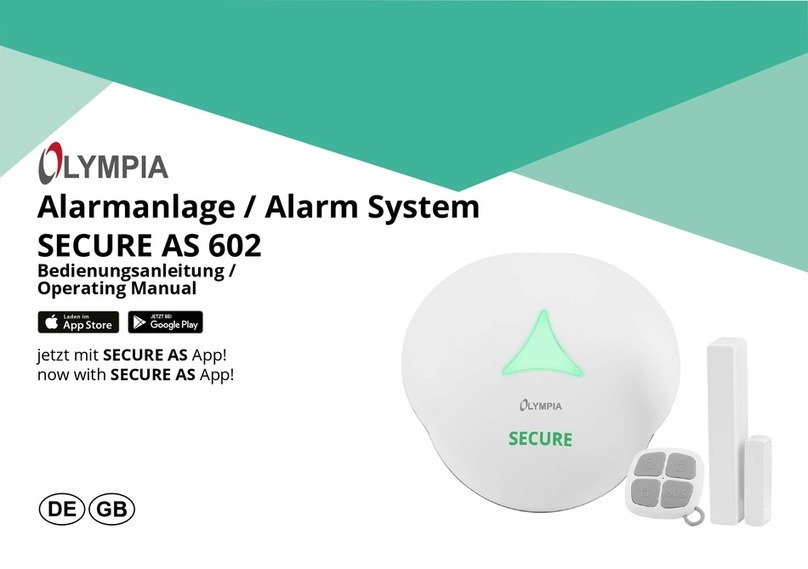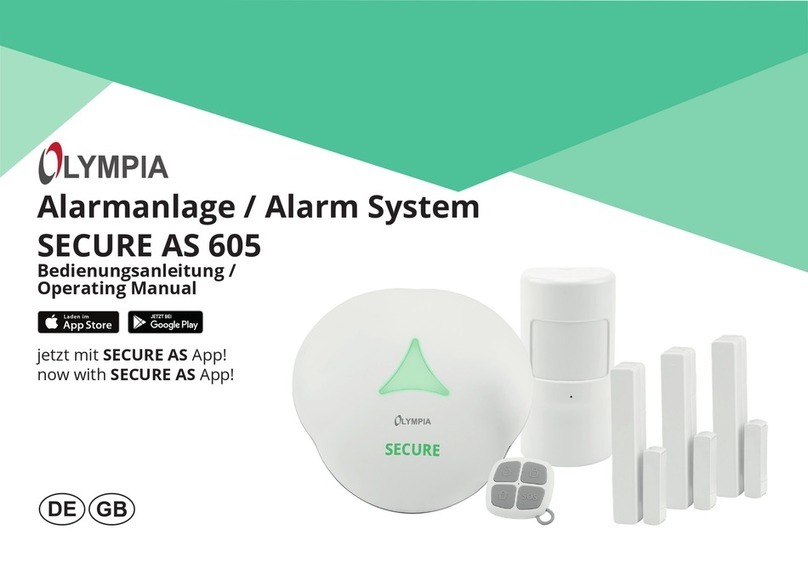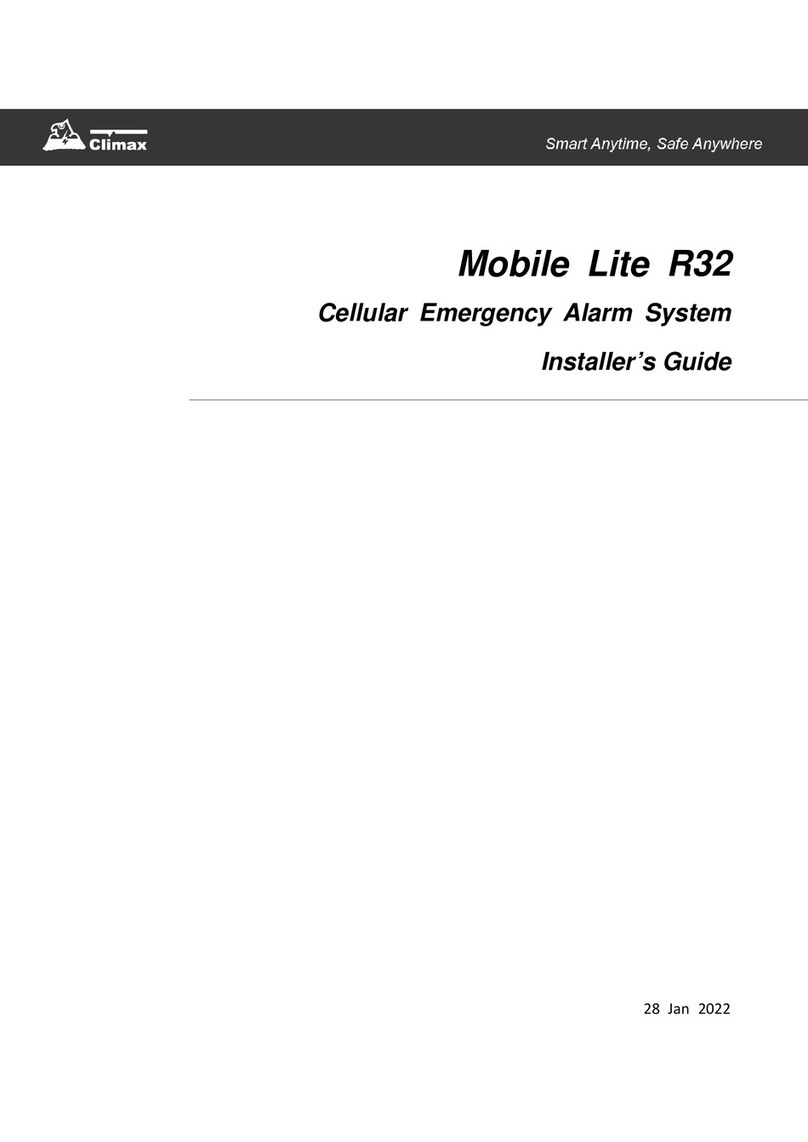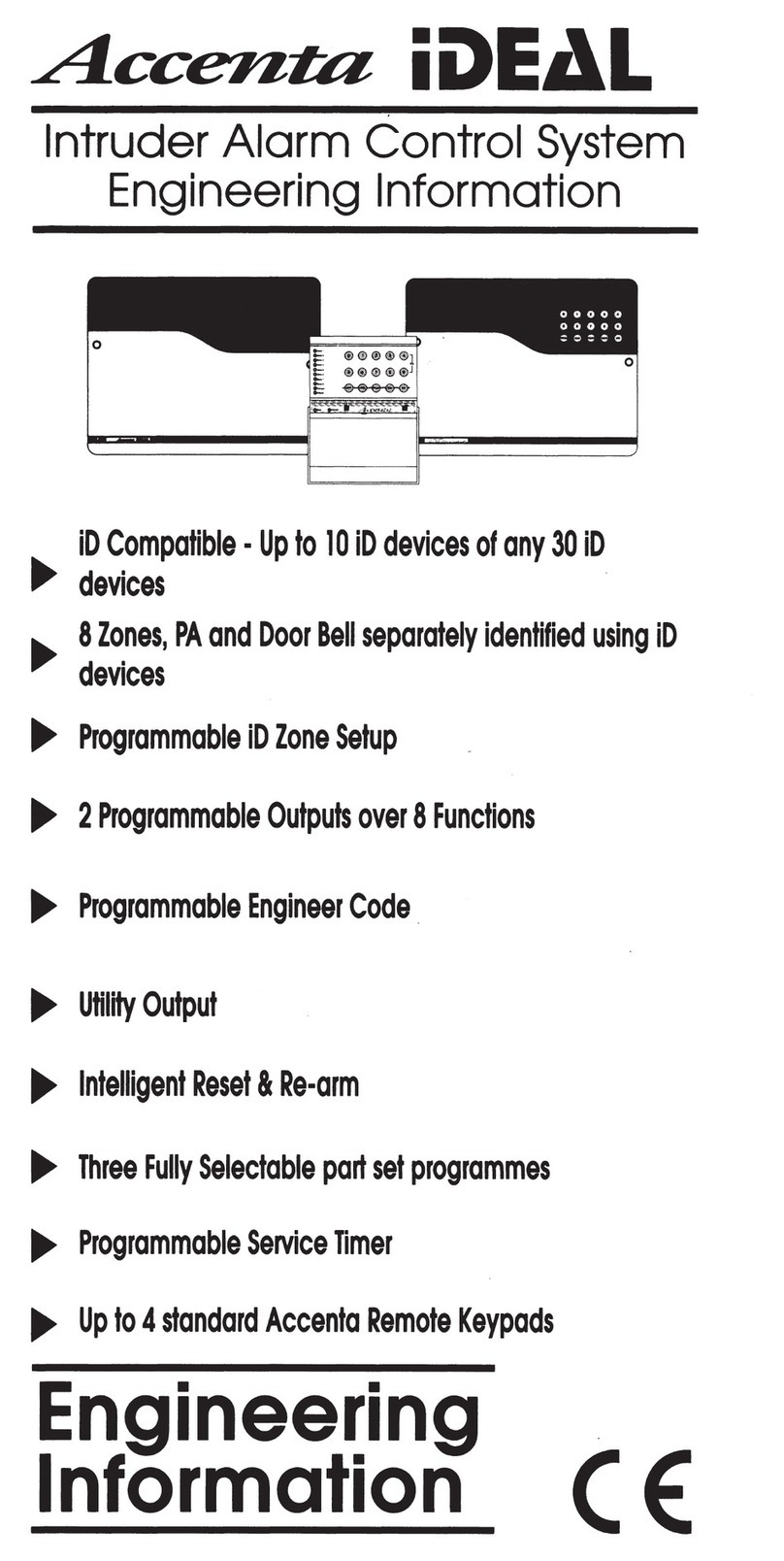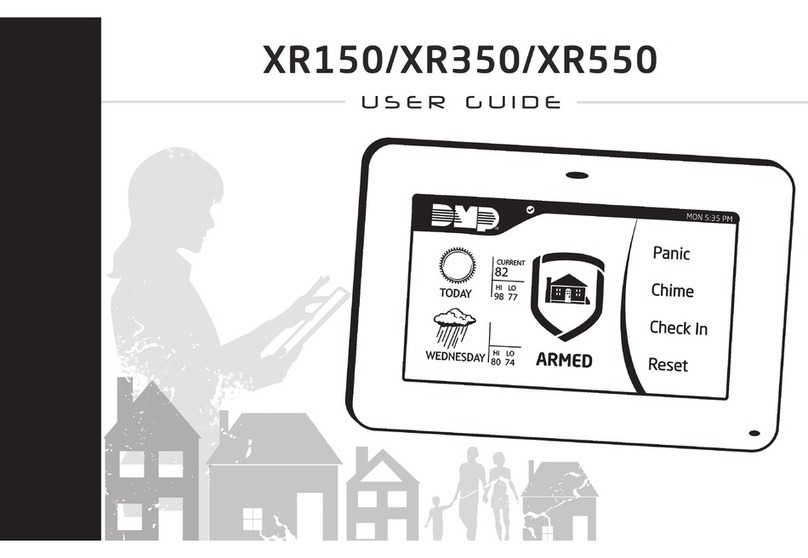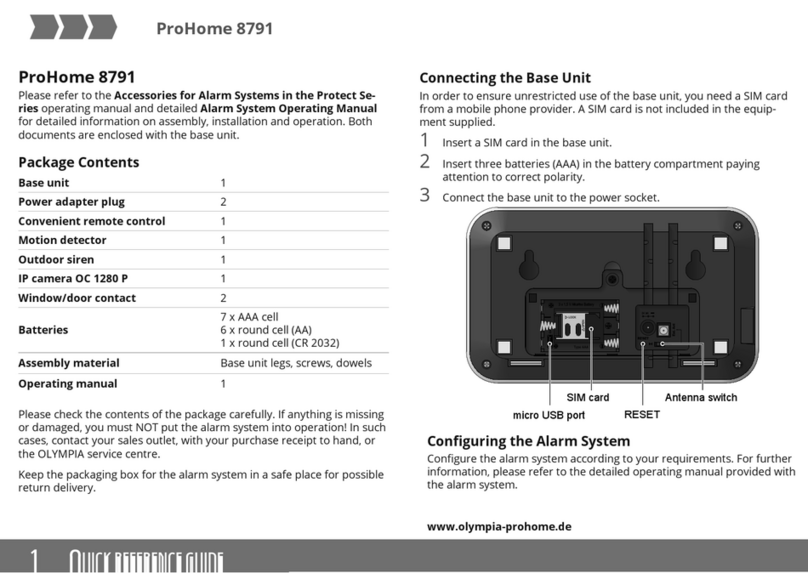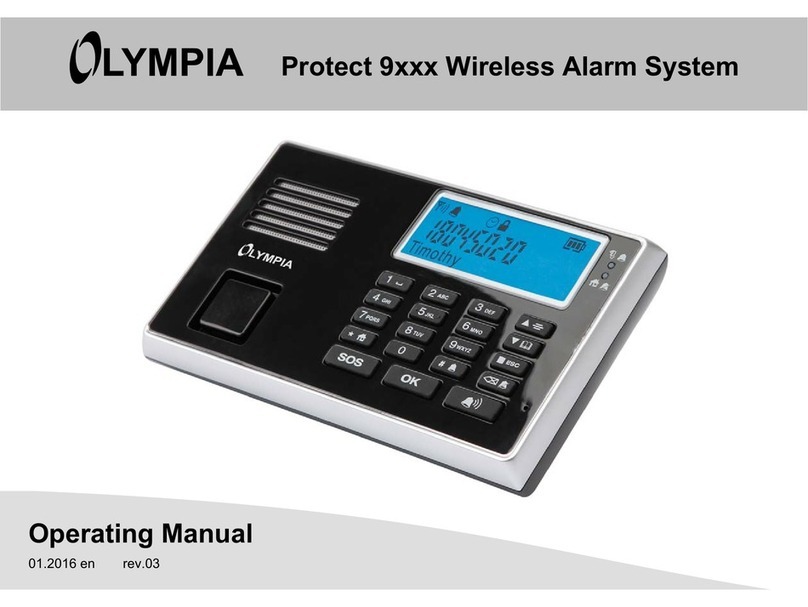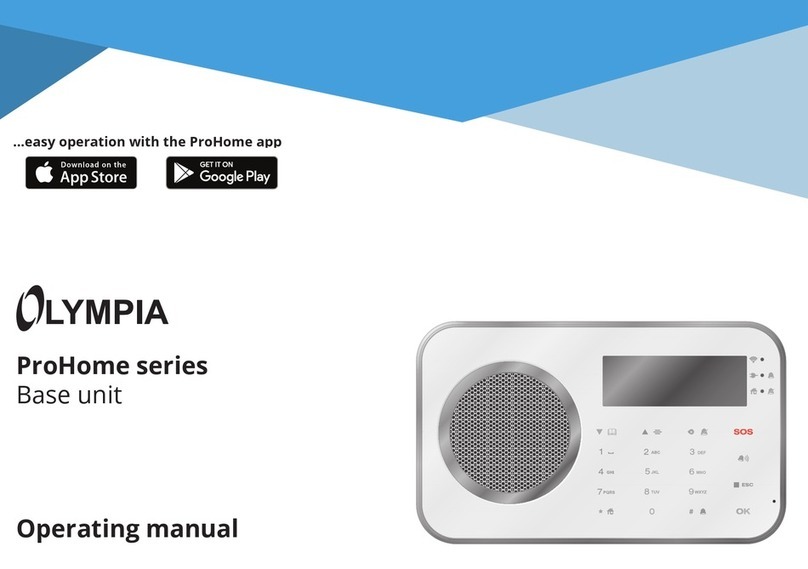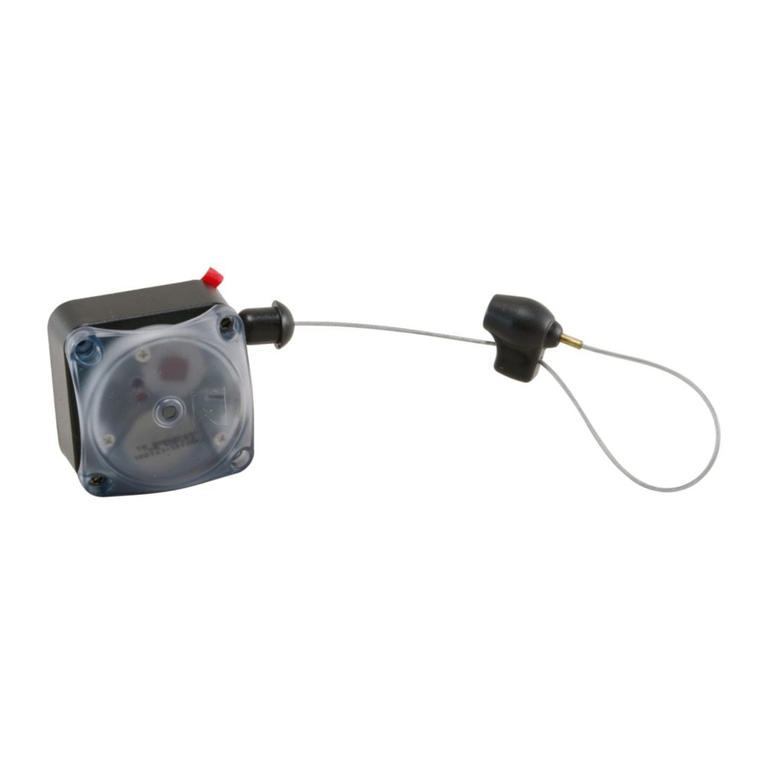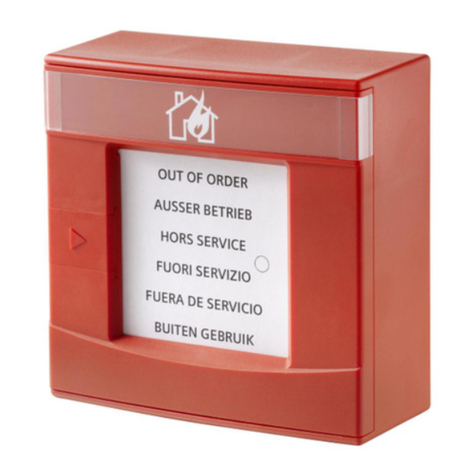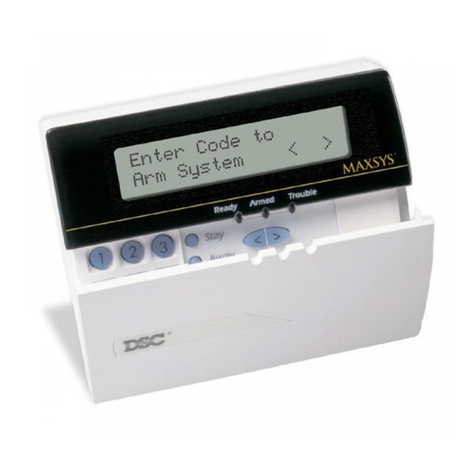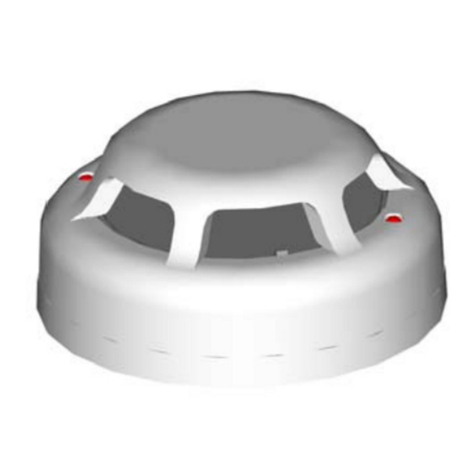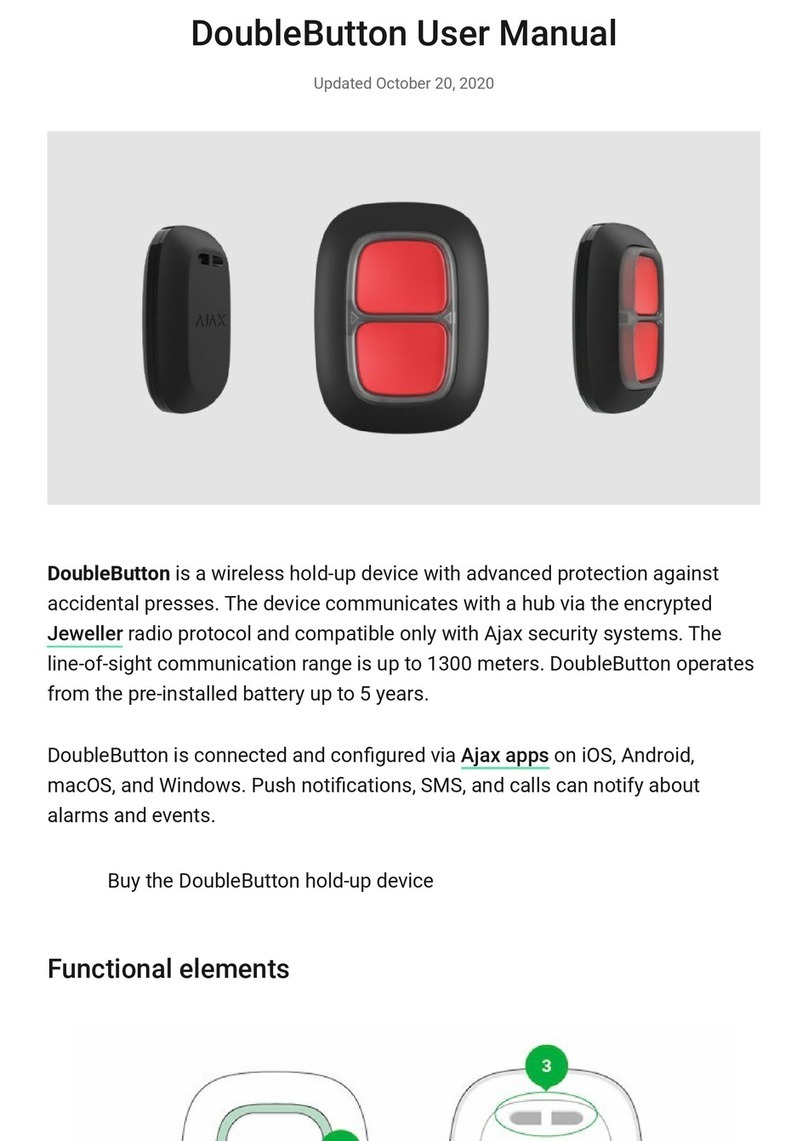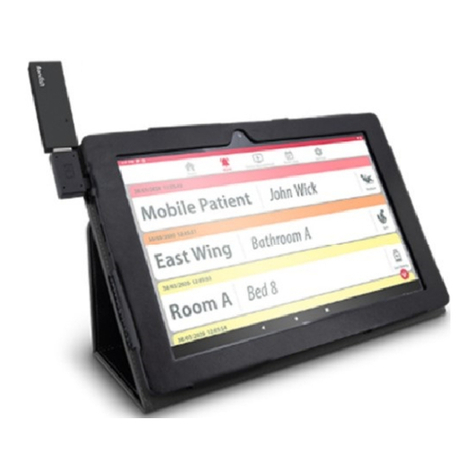
G3
Introduction 3....................................
Warranty 3..................................................
User Information 3...........................................
Disclaimer of Liability 3........................................
Intended Use 3..............................................
Product Features 4...............................
Scope of Delivery 4...............................
Safety Information 5..............................
Significance of the Symbols 5..................................
Important Safety Information 5..................................
Installation, Base Unit 6..........................
Information on Selecting the Installation Location 6................
Preparing and Connecting the Base Unit 6.......................
Positioning the Base Unit 7....................................
Wall Installation 7............................................
Operating Elements and Indicators 8..............
Function Assignment to Buttons, Base Unit 8.....................
Display Icons 9..............................................
Overview of LEDs 10..........................................
Function Assignment to Buttons, Remote Control 10................
Menu Structure 11.................................
Configuration 13..................................
General Information 13.........................................
Selecting the Language 13......................................
Entry Code 13................................................
Setting the Date/Time 14.......................................
Individual Outgoing Messages 14................................
Activating the Internal Telephone Dialling Unit with OGM Function 15..
Saving an SOS (Emergency Call) Number 16......................
Trigger Delay 17..............................................
Arming Delay 17..............................................
Alarm Period 18...............................................
Key Tone On/Off 18...........................................
Setting the Display Contrast 18..................................
Remote Control 19............................................
Flood and Smoke Detectors 19..................................
Overview of Monitoring Functions 20...............
Switching the Monitoring Functions On/Off 20......
Alarm Mode 21...............................................
At Home Mode 21.............................................
Silent Mode 21................................................
Disarmed Mode 21............................................
Panic Alarm 22....................................
Emergency Call (SOS) 22..........................
